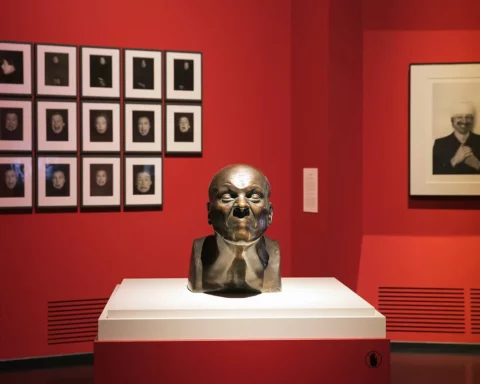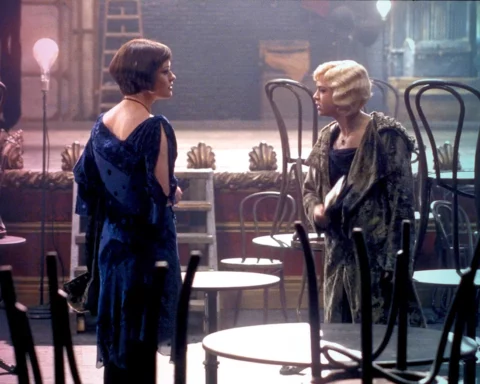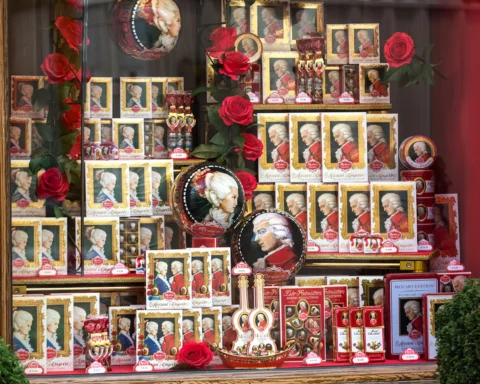When it comes to French delicacies, it is not unusual for a culinary delight to have a tongue-twisting name. But in the case of the croissant and its relatives known as viennoiseries, these treats came to French cuisine in the form of appropriation from Austrian foodways – resulting in the world-famous French cuisine leaving an indelible mark on a Central European invention. (As a side note, it wasn’t just the French who appreciated Austrian baking – the Danes have their own version in the form of the Danish pastry, which was brought to Denmark by Austrian bakers.)
Why viennoiseries, then? The answer is obvious: the forefathers of croissants and their relatives were developed in Vienna, the capital of Austria, in the 19th century, with the advent of a new baking process.
The evolution of an icon
First, there was the kipferl, known as early as the 13th century. This was a crescent-shaped bread rolled from a sheet of dough. However, the dough in medieval times and throughout the early modern period was made from sourdough starter. This traditional method is still in use – as evidenced during the recent pandemic when amateur bakers across the world tried their hand at making their own sourdough delights.
But then, in the 19th century, there was a revolution. Yeast-leavened bread was introduced, producing a sweeter, more delicate variant. When the new technique debuted in a Viennese bakery during the Paris International Exposition of 1867, everyone was amazed: a star was born, namely the Kaiser roll (in German, the Kaisersemmeln), a round bun perfect for a single-serving sandwich.
But along with this viennoiserie powerhouse roll came an assortment of mostly sweet snacks made of laminated pastry filled with fruit. This new dough form fit perfectly with sweet fruit fillings. The rest was just a matter of time.
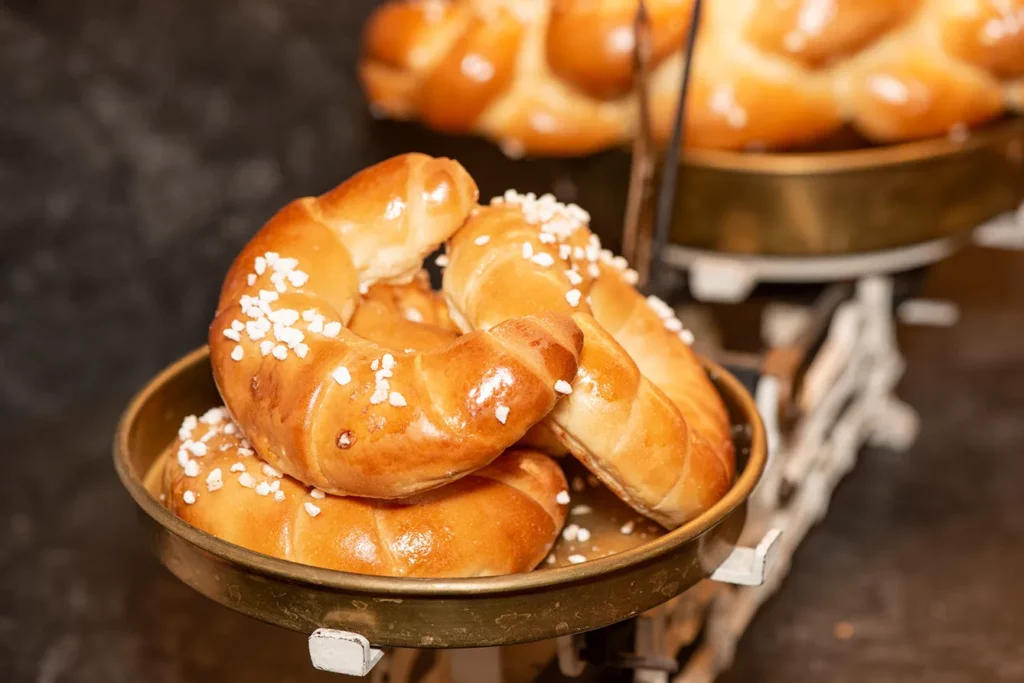
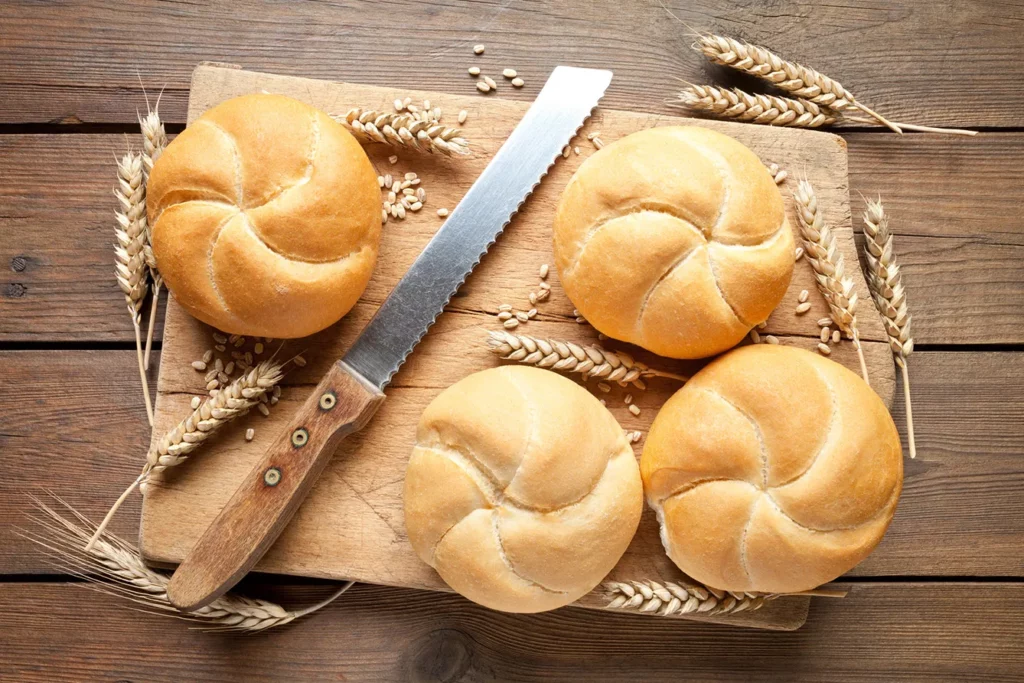
Taking perfection to a new level
19th-century Paris was full of Viennese bakeries that would introduce their advancements in baking techniques. And the French took it from there. Their invention, the puff pastry, is a variation of the laminated dough introduced by the Austrians.
In the early 20th century, these ideas converged: the new form of Viennese beer-yeast dough (in Austria, made with Hungarian flour from modern mills), the general concept of viennoiseries, the kipferi crescent shape, and the French puff pastry. When you put them all together, the result is the world-famous croissant.
Currently, we are decades after one more revolution – the pre-frozen ready-made pastry that allows large-scale manufacturing and final baking by amateur bakers. If the croissant is the epitome of being French and a symbol of a luxury breakfast, the Viennese and Danish pastry remain their somewhat old-school relatives, feeding the hungry in a hurry and furnishing conference tables during board meetings.
Does this match the traditional refined yet easy-going Viennese approach to life? Perhaps not. But a pastry is not what it seems – it’s a symbol of lifestyle in all of its forms. And Central Europe is the place that infused the croissant with its symbolism of chic.



